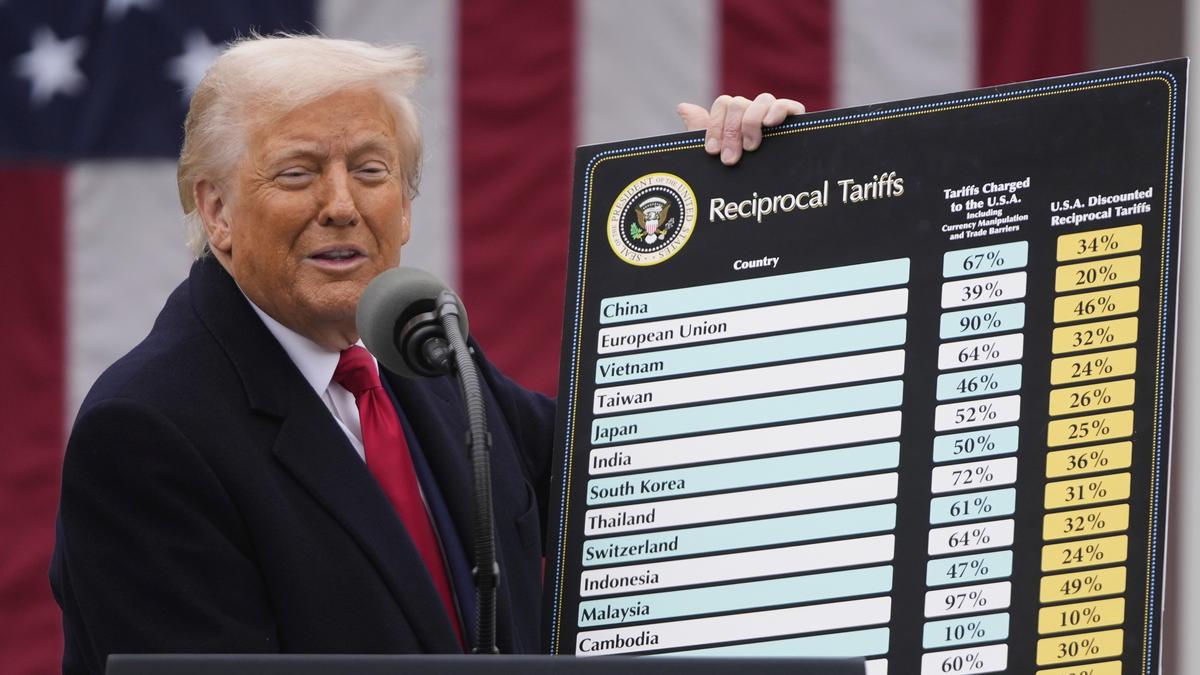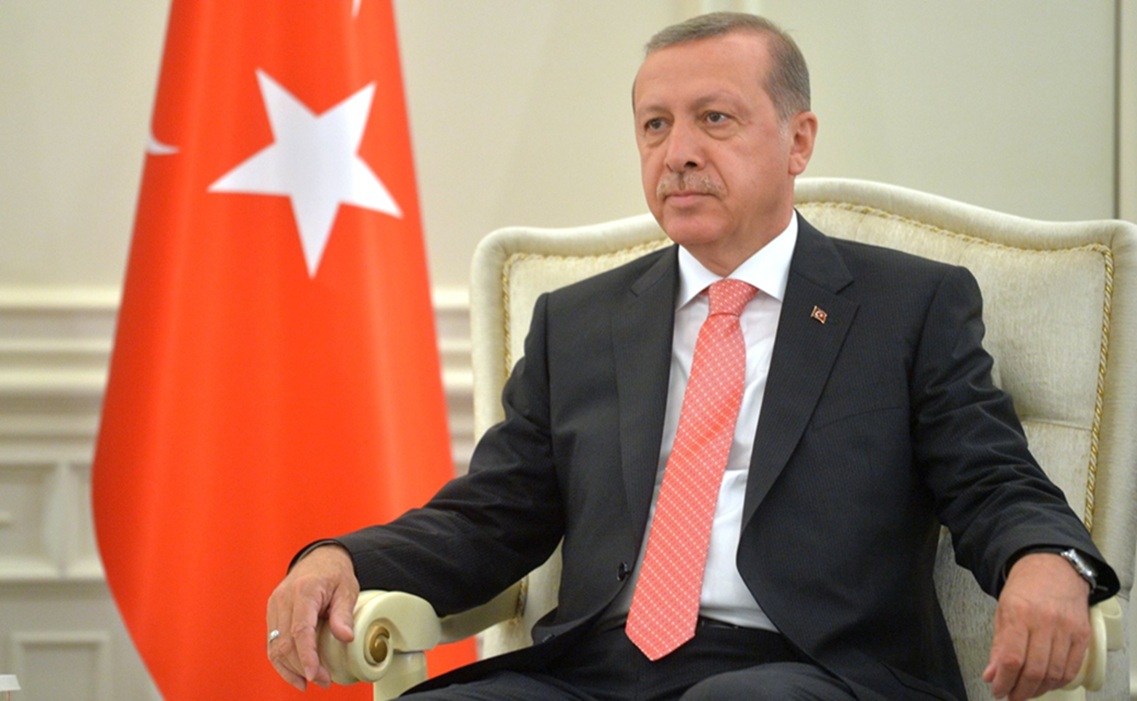The tariff war of Trump has disrupted world trade for nearly a month, and if it continues, the impact would become disastrous for the world in the coming months.
Ida Tarbell’s words aptly describe current Trump Tariff War: “There is no man more dangerous, in a position of power, than he who refuses to accept as a working truth the idea that all a man does should make for rightness and soundness, that even the fixing of a tariff rate must be moral.” America, through its Marshall Plan, had helped in rebuilding the world post-WWII. But, America now appears to be bent upon pushing the world into an un-presidential economic crisis. He seems to have thrown all diplomacy and caution to the wind with his tariff mind block.
Traditionally, a trade war is an economic tool used for extreme protectionism, in which states raise or implement tariffs or other trade barriers against each other as part of their commercial policies. If tariffs alone are used as the repressive measure, then such conflicts are termed as customs wars, toll wars, or tariff wars; as a reprisal, countries subjected to such tariffs could retaliate by increasing the tariffs on the goods imported from the offending country. Increased protection causes affected nations to move towards a full-blown trade war. Trump seems to be moving the world towards trade anarchy. Economists feel that several countries with low per capita incomes have been hit by the highest tariffs. The tariffs will almost certainly have very significant economic consequences for the US and the rest of the world.
Trump used the Liberation Day, 02 April, to impose unrealistic tariffs on various countries, including those which are friendly and have strategic importance for the USA India is one. Increased tariffs in many countries, like India, China, Thailand, Vietnam, Sri Lanka and Bangladesh. Some people may gloat on the fact that a 27% tariff imposed on India’s exports to the United States is relatively lower compared to the duties imposed by the Trump administration on other nations, thus, the impact could be less in comparison. But it is an incorrect correlation, and we need to be aware that India, too, will suffer on multiple economic fronts. These facts need to be examined from the right perspective.
On the optimistic note, the US has announced 46% tariffs on Vietnam and 37% on Thailand and Bangladesh and 34% (in addition to the 20% duty imposed earlier) on China. It is opined that India’s smaller trade surplus with the USA, as compared to the surpluses of countries such as Vietnam and Thailand, averted more adverse rates. Industry and markets feel that India’s exports will be less adversely affected, as compared to exports from some of the above countries. While India may gain in certain product segments, like textiles and apparel, where Bangladesh and Vietnam are set to become less competitive, sectors such as electronics and smartphones, gems and jewellery, fisheries, and apparel could be hurt by the 27% tariff. India’s software industry could also take an indirect hit if fears of a slowdown in the US economy materialise, signs of which are already visible.
The point which could be missed by many pertains to the fact that the real impact on India’s economy may not be because of the increased tariffs, but it would be triggered by an overturn of global trade and slow down the global GDP growth. That would be inevitable in a few months from now, when the real impact of increased tariffs on the prices of goods will become evident. Some reputed economic analysis agencies have predicted that India’s exports to the US could drop by $30-35 billion (0.8- 1% of GDP) at 27% tariffs, without taking into account the cross-country impacts and responses.
Other analysts have predicted additional impacts on India due to the imposition of high tariffs on China. They have predicted that, as a survival response to its excess industrial capacity, China may resort to increased dumping of goods in the world and Asian markets, including India. This is expected to immediately hit our domestic industries, slowing down manufacturing and economic growth.
Trump seems to have forgotten that, amongst some important factors which helped him win against Biden, was the perceived high inflation during the Biden regime. But the high import duties have started worsening the inflation and are expected to have a negative impact on the US economy. It is said that the Democrats in the US are happy to see Tariff war of Trump is embarking on a suicidal economic mission, which could spell a nemesis for other countries, too.
In summary, imposition of higher reciprocal tariffs by the US on several Asian countries, including China, Vietnam, Taiwan, Thailand and Bangladesh, will certainly present an opportunity for India to fortify its global trade and manufacturing position. However, that will not happen automatically. India would need to initiate deep reforms to enable mass-scale production and domestic value addition and improve its competitiveness to its benefit. It is understood that the commerce ministry has submitted some proposals to the finance ministry to support exports, like extending interest subsidies, assisting in diversification, and enhancing bank credit availability. But such measures can be temporary at best, and Indian Industry would need to come out of its protectionist shell and become globally competitive. The Indian Industry would do better to remember Sun Tzu’s words: “Amid chaos, there is also opportunity.”
Image Courtesy: Mint
Disclaimer: The views and opinions expressed by the author do not necessarily reflect the views of the Government of India and Defence Research and Studies
Article Courtesy: Maharashtra Times







